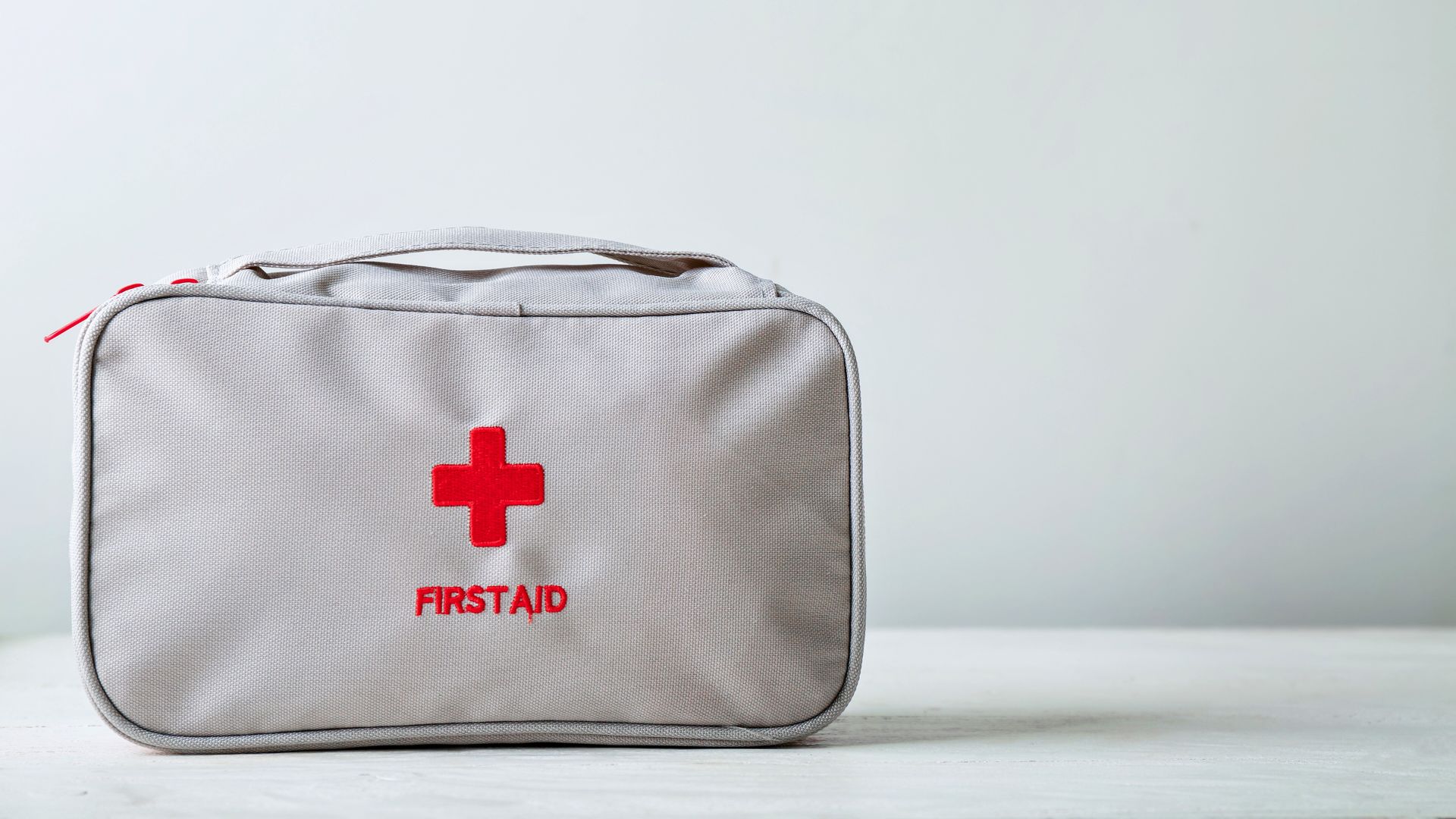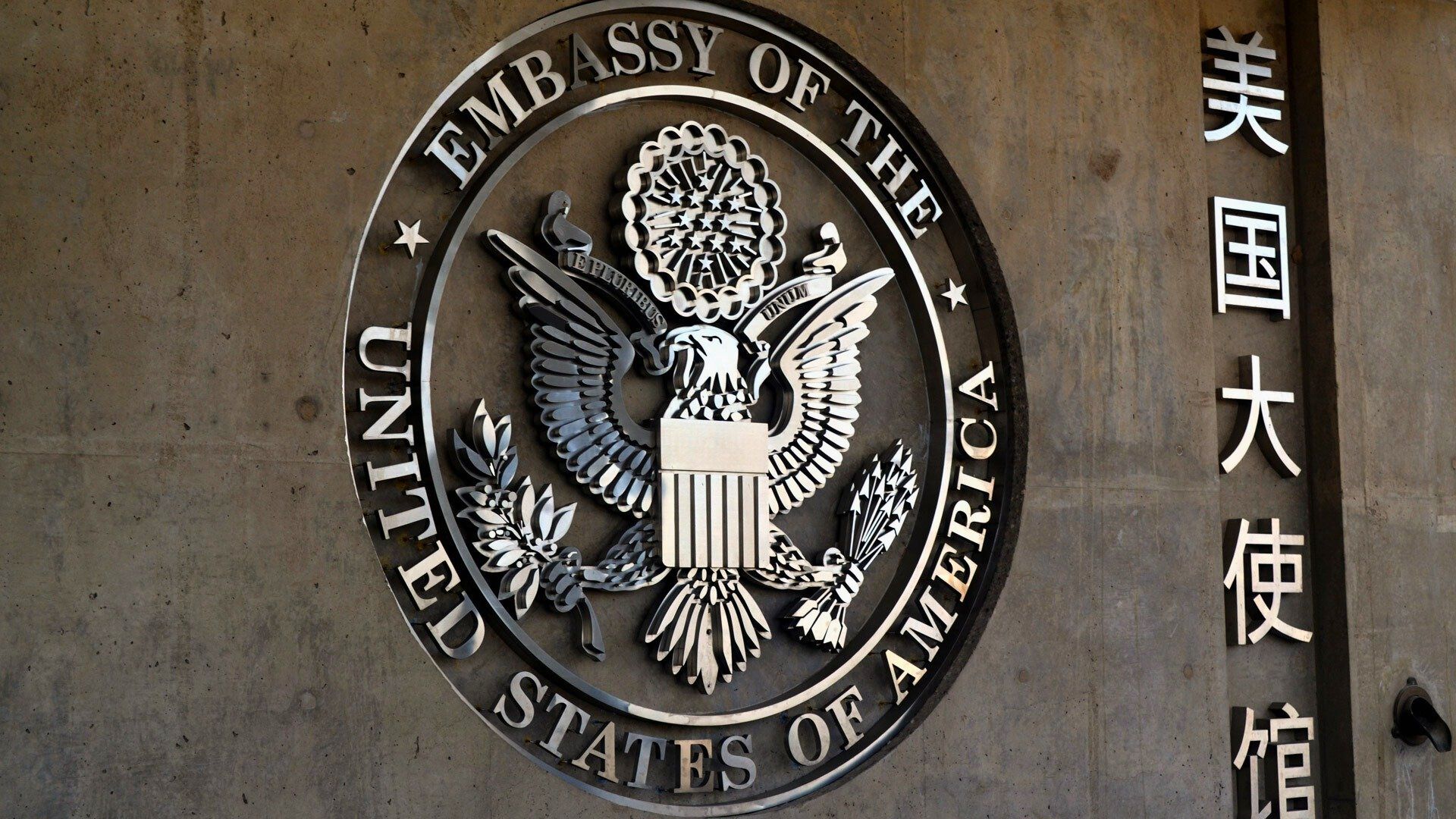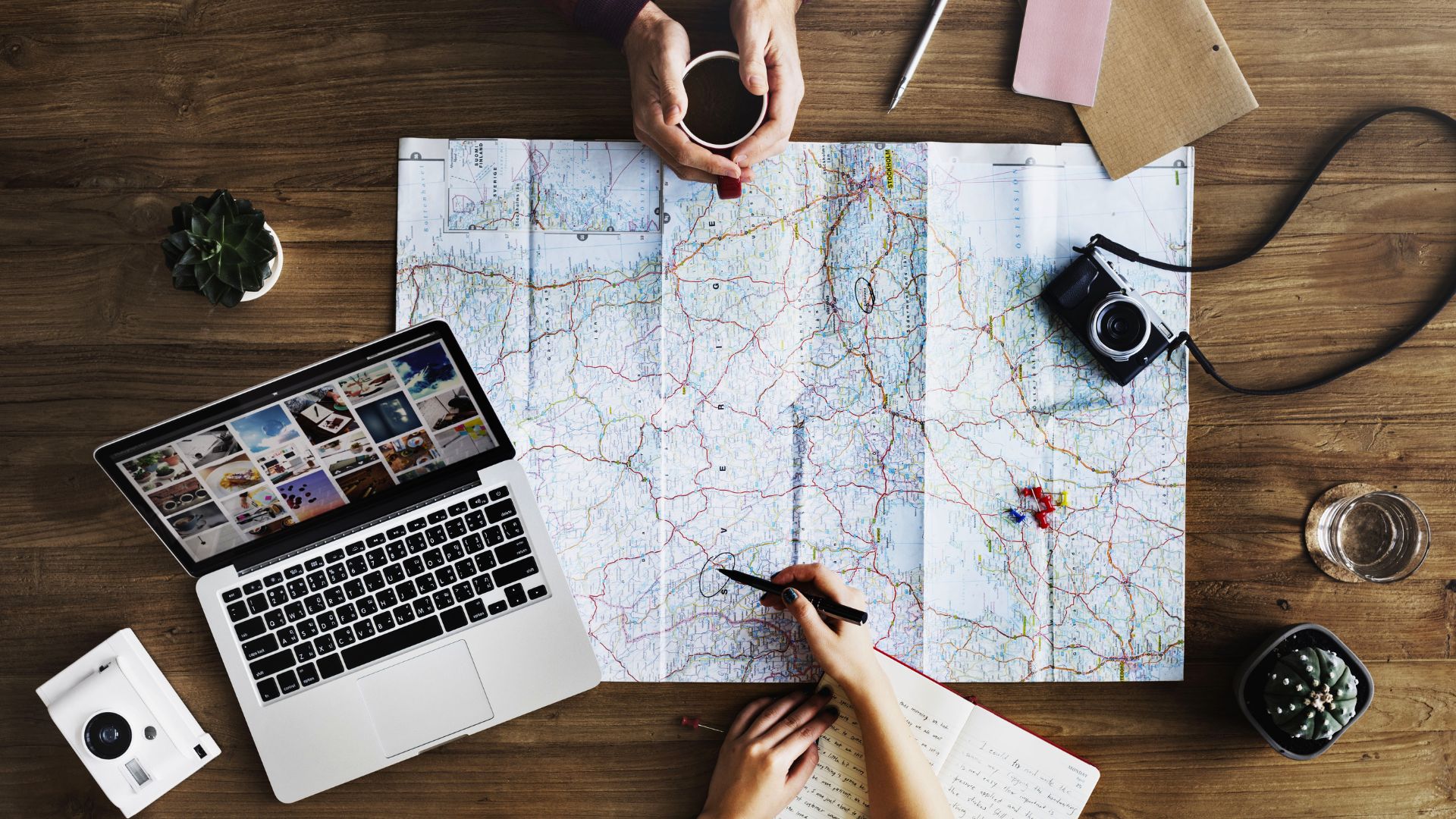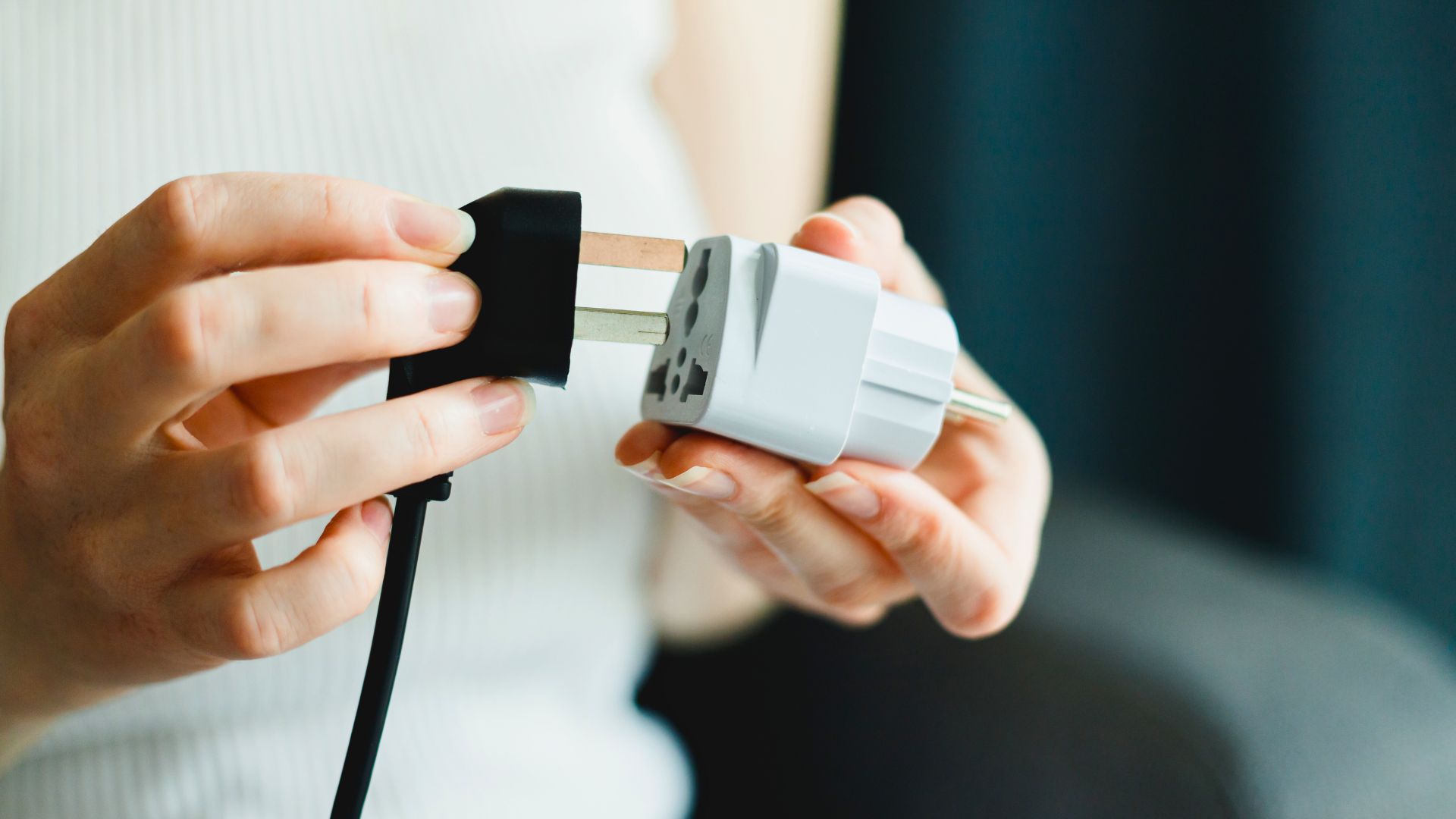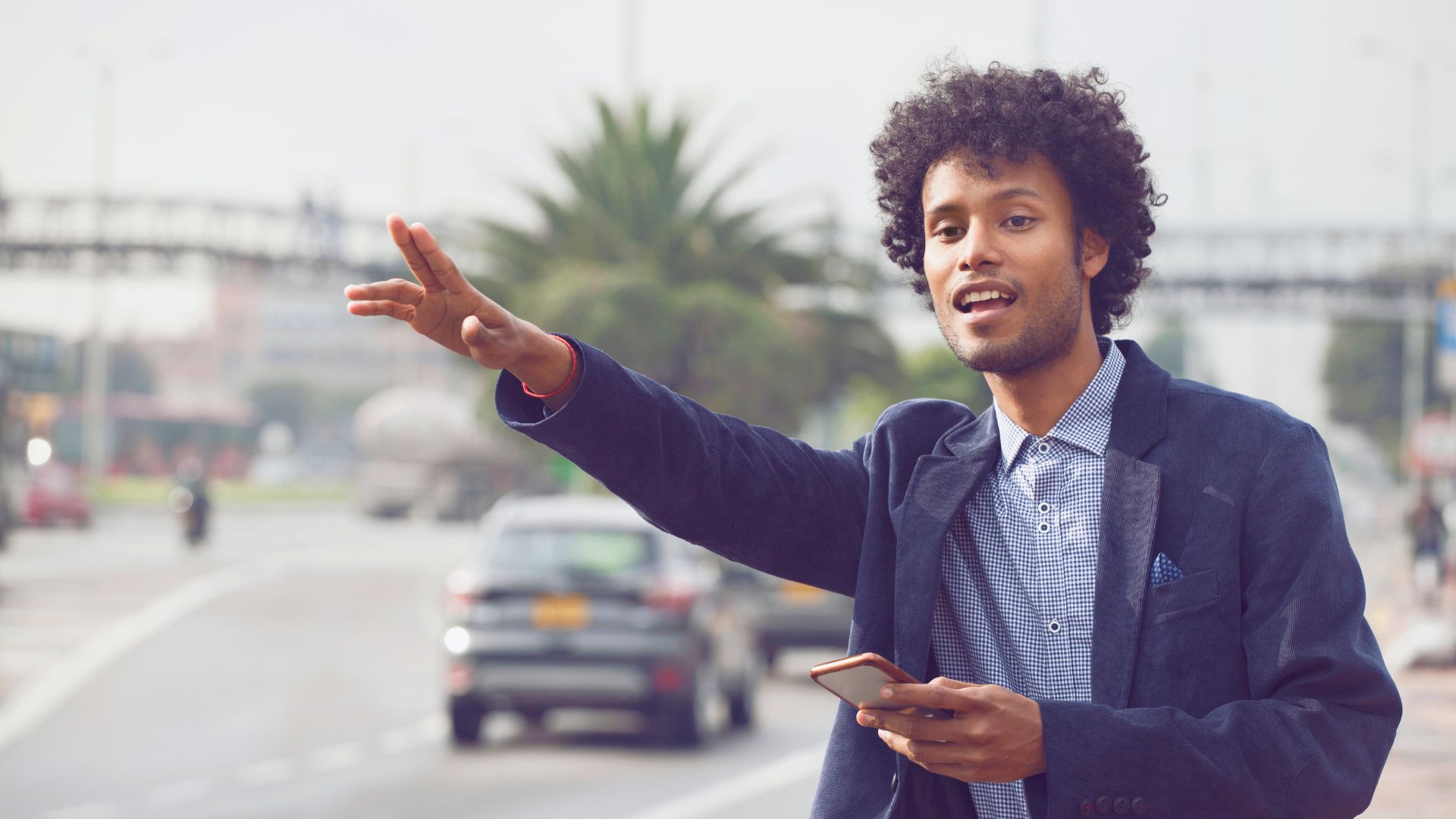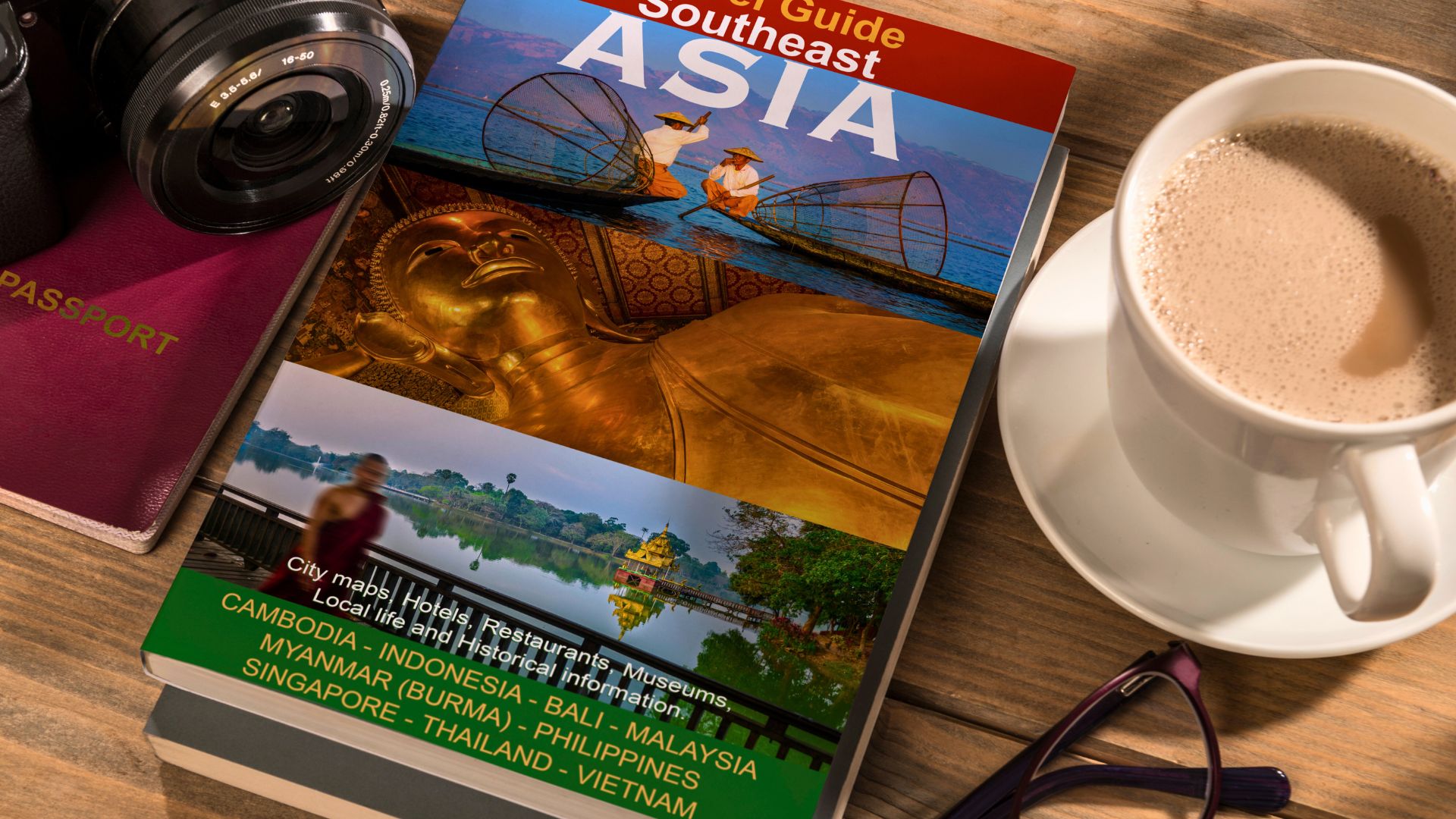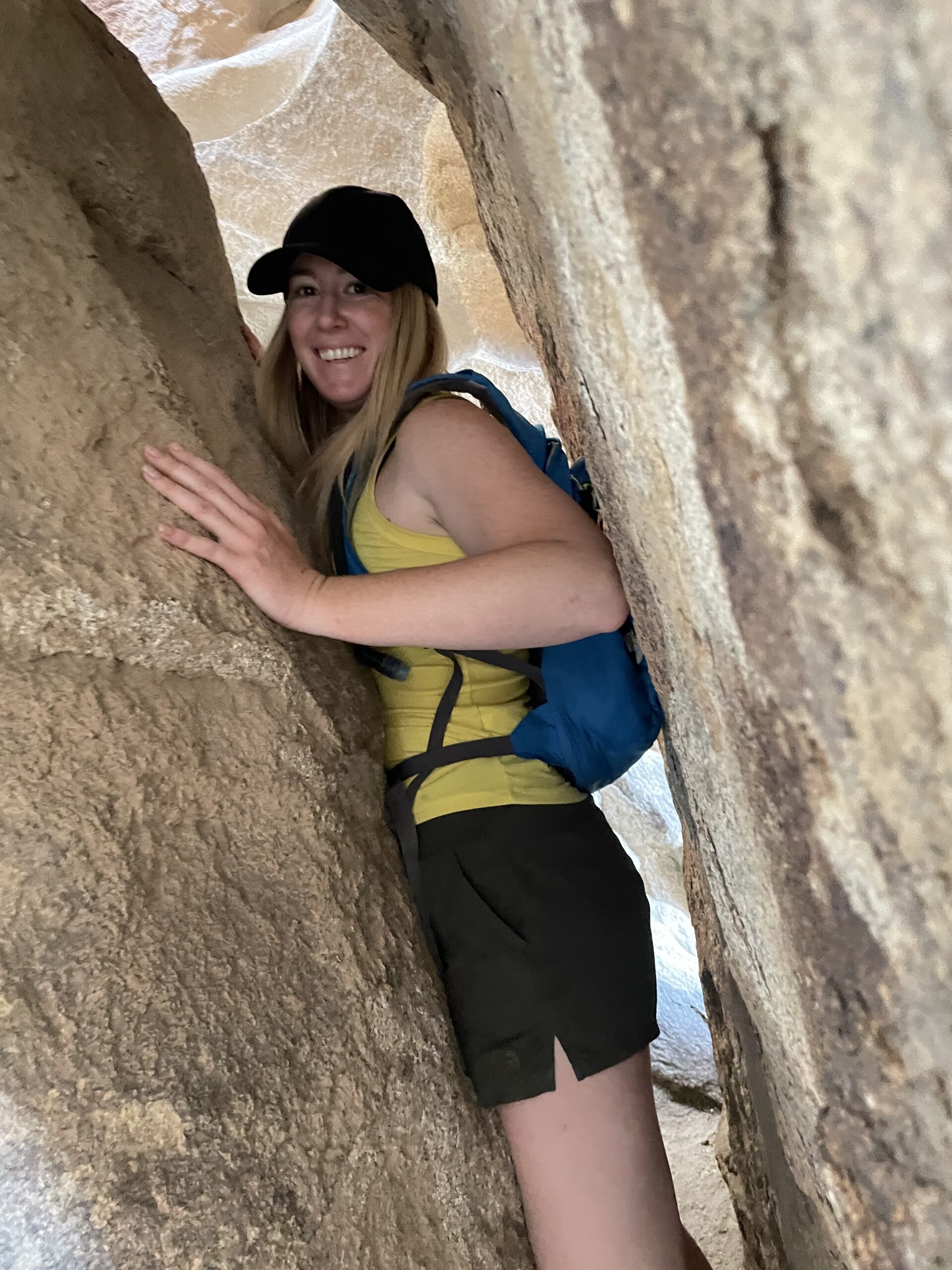10 Essential Considerations When Traveling Abroad
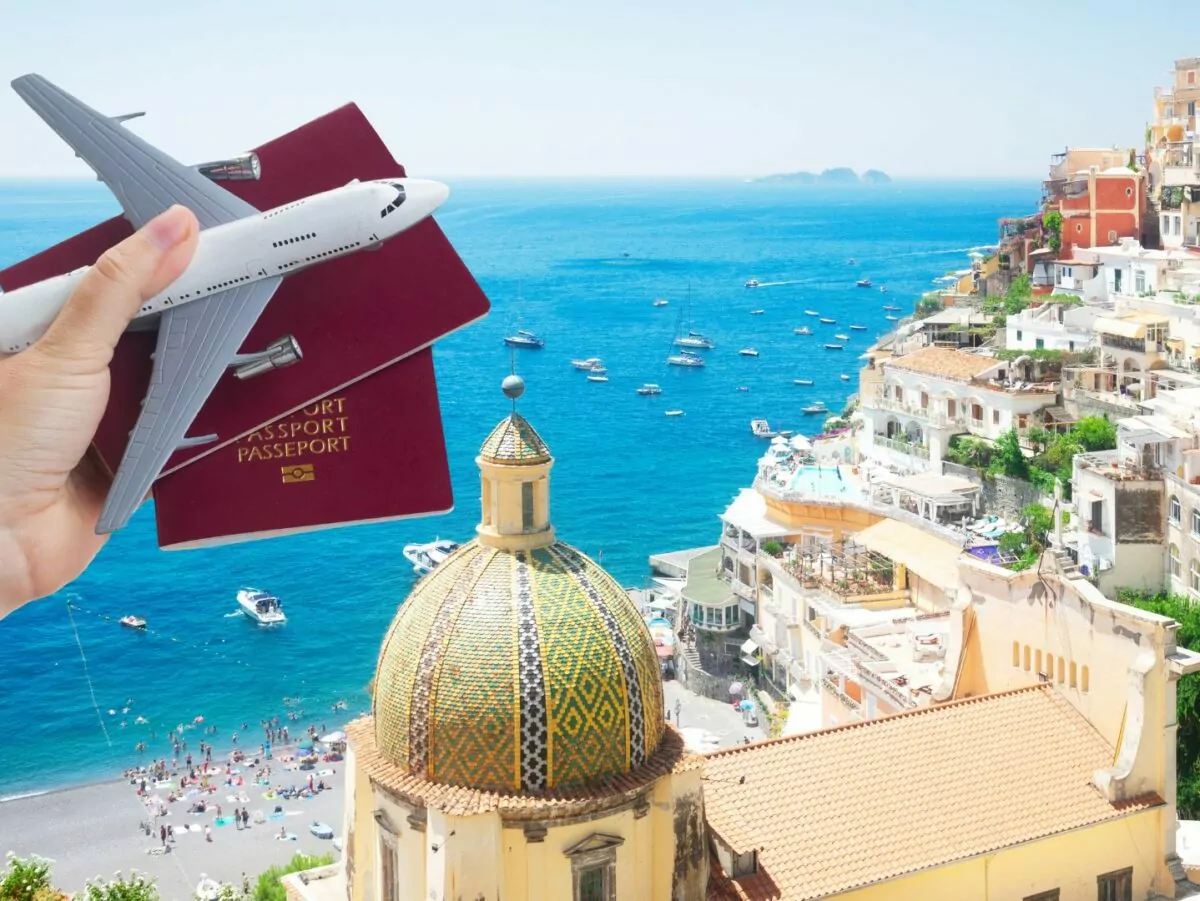
You’ve done it, you booked that trip abroad! Finally! It’s one of the most exciting feelings, and then it sets in. You’ve done it, you booked that trip abroad – now what?
Some free spirits like to wing it, landing in a new country with nothing but a backpack and a vague plan. Others – like myself, and maybe you – feel the most free when we are well prepared. Knowing that the details and “what-ifs” are handled means we can relax and be present for the adventure.
The goal? To step off that plane feeling excited, not overwhelmed. To spend less time stressing over last-minute details or mishaps and more time soaking in the new sights, sounds, scents, and experiences.
Though spontaneity has its place, a little preparation goes a long way in making sure your trip is safe, smooth, and unforgettable for all the right reasons. So, before you pack your bags, here are some key things to check off your list.
1. Organize Travel Documents
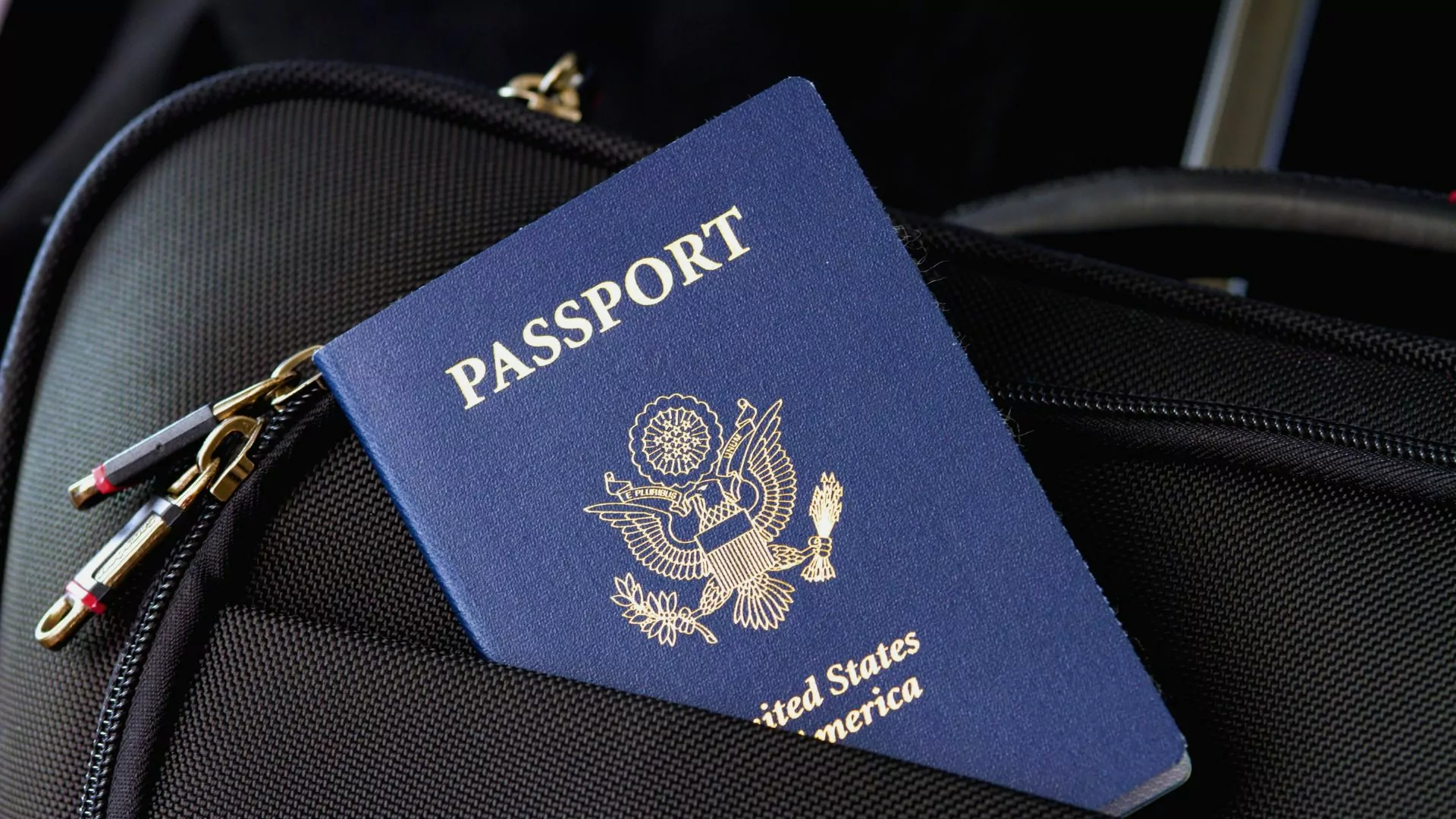 First things first–your passport. Before you get any further, make sure it’s valid. Many countries enforce a six-month validity rule, meaning your passport needs to be good for at least six months after you return home from your trip. Some countries require only three months, while others have their own unique rules, including visa requirements or electronic travel authorizations (ETAs).
First things first–your passport. Before you get any further, make sure it’s valid. Many countries enforce a six-month validity rule, meaning your passport needs to be good for at least six months after you return home from your trip. Some countries require only three months, while others have their own unique rules, including visa requirements or electronic travel authorizations (ETAs).
Not sure what applies to your destination? One of my favorite tools to recommend is Sherpa–just enter your departure and arrival countries, and it’ll generate a list of necessary travel documentation you may need.
Once you’ve got your documents in order, you may want to keep printed copies and make digital backups. I like to store mine in my Google Drive, encrypted with a password for extra security. You might prefer saving them in a file that’s accessible offline or even on a USB drive–whatever works best to give you peace of mind.
2. Understand Health & Safety Recommendations
One of the simplest ways that you can prepare for safe and smooth travel abroad is to be up to date on any health & safety recommendations for the area you are traveling to.
The CDC’s Destinations List is an incredibly simple and packed resource for all things health-related for your specific travel destination. It provides up-to-date health notices, recommended vaccinations and medications, and essential travel health tips. They provide many resources so you can check whether the tap water is safe to drink, learn how to find medical care while abroad, and even find guidance on what to do if you feel unwell after your trip.
It’s also a good idea to bring a travel-friendly first aid kit with essentials for your trip. Start with any prescription medications you may need, such as antibiotics for travelers’ diarrhea, altitude sickness medication, or malaria pills if recommended. Include personal medical supplies like insulin or an EpiPen if you use them. Stock up on over-the-counter medicines for motion sickness, pain and fever relief, congestion, mild sedatives, and laxatives. To help prevent illness or injury, pack insect repellent, sunscreen, and water purification tablets. Finally, round out your kit with basic first aid supplies like cleansing wipes, latex gloves, bandages, and tweezers. Having these items on hand can save you a lot of hassle if minor health issues arise while traveling abroad.
In addition to health preparation, a few safety habits go a long way. Be aware of common tourist scams in the area; knowing what to expect can help you avoid falling for them. Keep your valuables secure using anti-theft bags or hidden pouches, especially in crowded places. And before you go, share your travel itinerary with a trusted friend or family member so someone knows where you’ll be and how to reach you if needed.
3. Know your embassy information
Knowing your embassy or consulate information may seem unnecessary, but it is a simple way to be prepared in case of an emergency or crisis. If you lose your passport, get arrested, or face situations such as political unrest or natural disaster, your embassy will be a primary source of help. They can issue emergency travel documents, provide legal guidance, or help coordinate evacuations.
To prepare, simply save your embassy’s contact information and address on your phone and keep a printed copy in your travel documents. If you are a US citizen, you can use this directory.
You could also opt to enroll in the STEP program if you’re a US citizen or the Registration of Canadians Abroad if you’re a Canadian citizen. These programs allow governments to send text or email alerts for your enrolled areas and dates.
4. Prepare for the Journey
Long-haul flights, layovers, and shifting time zones often come hand-in-hand with international travel. A little preparation can transform what might feel exhausting into something far more bearable, maybe even enjoyable. Trust me on this.
Start by understanding the details of your flight. Is there in-seat entertainment, or will you need to download your own movies, shows, or audiobooks? Will meals be provided, is Wi-Fi available, and at what cost? Are there charging ports at your seat, or will you need to ration battery life? Some airlines have restrictions around using power banks, so it’s worth looking into.
Consider investing in small comforts that make a big difference: a good neck pillow, an eye mask, a compact travel blanket–especially if you’re facing an overnight layover or red-eye journey. Which is a good reminder to check the maps of the airports you’ll be layingover at. Most international airports will have lounges that you can purchase day passes for, shower stations, kid zones, and even some coveted sleeping benches and lounge chairs.
In the air, stretch now and then. Try a little seat yoga or gentle movement to keep your body from stiffening. Bring along snacks that feel nourishing, not just filling, something your digestion will thank you for later. A mineral-rich electrolyte drink, a small bottle of moisturizer, lip balm, hand sanitizer, and maybe even a face mist can make a world of difference in that dry cabin air.
Personally, I never board without a few gentle aids for rest, CBD or melatonin help me settle into new rhythms, especially when jet lag is waiting on the other side after traveling abroad.
5. Purchase Travel Insurance
Travel insurance is one of those things you hope you won’t need while traveling abroad, but that you will be incredibly grateful to have if you do happen to need it. From unexpected flight cancellations and lost luggage to medical emergencies abroad, travel insurance offers peace of mind and protection when the unpredictable happens. It’s typically a fraction of the trip cost, and I’ve seen it come in handy too many times to ever skip it again.
6. Understand Electricity and Power Needs
Something important to consider when traveling abroad is the difference in electricity and power systems you’ll likely encounter. Knowing how to plug into the power grid and what to expect ahead of time can offer real peace of mind. A quick internet search or guidebook reference will give you the details you need for your specific destination. If you prefer to go straight to the source, you can also contact your hotel and ask about their power setup.
To help you make sense of the information you’ll find, here are a few basic terms to know:
Voltage: This refers to the amount of electrical power. Countries use different voltage standards (the power output from the grid). Electronic devices are designed to handle certain voltage ranges (the amount of power they can accept).
Plug Type: This is the shape and configuration of the plug that fits into outlets. Different regions use different types.
Adapters: These let your device’s plug fit into a foreign outlet. They do not change the voltage, only the shape of the connection.
Power Converters: These adjust the voltage from the outlet to match what your device can handle. If your device isn’t dual-voltage, you’ll need one of these to avoid damage to your device.
Plugging a device into an outlet with incompatible voltage can destroy it, so it’s important to check the voltage compatibility.
7. Set Up Communication Services
Before traveling abroad, make sure your phone is ready to keep you connected. Consider using a local SIM card, which you can often purchase at the airport on arrival. However, my preference is an eSIM service like Airalo to access affordable data without roaming fees. They make it very easy to “top up” gigs on their app if you use more data than you expected, and you can purchase it well before you begin your journey. One last thing to worry about on travel days.
Apps like WhatsApp are widely used for calls and messaging over Wi-Fi or data, making them a reliable way to stay in touch. It’s also helpful to download a translation app in advance; many of them offer offline features that can be a lifesaver when navigating menus, signs, or conversations in another language.
8. Arrange Local Transportation
Planning how you’ll get around in advance can make your trip much smoother. Look into public transportation options like metro systems, buses, or trains–it’s often the most affordable and authentic way to explore. Rideshare apps like Uber or Grab can be a helpful bridge when you’re in unfamiliar terrain, so download what you’ll need while you still have reliable Wi-Fi. And if the open road calls, consider renting a car–but be sure you’re familiar with local driving laws, traffic configurations, and road conditions, especially if this is your first time traveling abroad.
9. Prepare Financial Essentials
Before you travel abroad, be sure to notify your bank to avoid any holds on your card. It’s wise to travel with a mix of cash and a card for flexibility, depending on where you’re headed. Check the current exchange rate ahead of time and consider using reputable exchange services or withdrawing local currency from an ATM upon arrival.
I have had the best experience with trusted exchange services, often recommended by local guides, hotel staff, or verified through thoughtful Google reviews. These options usually offer up-to-date rates without the extra fees that can come with airport counters or tourist traps.
In many large cities, you’ll likely be able to use your personal credit or debit card with ease. Just be mindful of foreign transaction, ATM, and processing fees, these small charges can add up.
Finally, I highly recommend downloading a currency converter app. It’s a simple tool that helps you make sense of prices and ensures you’re not overpaying while adjusting to a new currency.
10. Explore Guide Books and Resources
A region-specific guidebook can be more than just a travel tool, it can be a thoughtful companion, rich with context and detail. When Wi-Fi fails or your device is emptied of its charge, it’s the dog-eared pages and margin notes that help you find your way. Especially if you’re traveling without a local guide, a thoughtfully chosen guidebook can offer more than directions; it can whisper insights about customs, language, and how not to miss the heart of the place.
Beyond guidebooks, consider seeking out local blogs or expat voices. These often hold the rhythm of daily life. Fresh takes on favorite cafes, trails less traveled, markets that don’t make the top ten lists but are remembered long after.
Whether you’re led by a guide or wandering on your own, my favorite way to connect with a place is through historical fiction or a memoir written by a local author. It’s a meaningful and immersive way to absorb cultural and historical knowledge while supporting local voices. These stories often carry emotional weight and context that can deepen your understanding of a region far beyond the modern traveler’s experience, or what you might glean from simply setting foot there. They carry the soul.
Consider Booking a guided Tour
I share these tips with you fresh off my own international adventure. As someone who’s both a seasoned traveler and a been professional in the travel industry for nearly a decade, I’ve seen how thoughtful preparation can make a world of difference. In my work with Wildland Trekking, I’m grateful to support guests traveling abroad by helping shape incredible journeys and ensuring they feel equipped, informed, and inspired every step of the way.
Whether you’re traveling abroad with us or setting off on your own path, I hope this guide helps you move forward with more ease and confidence. Traveling abroad is one of the greatest privileges of modern life and will no doubt be one of your most cherished experiences.
My most valuable tip of them all is to travel with an open heart, a relaxed spirit, and the understanding that the occasional snag is just part of the adventure. Sometimes, it’s the unplanned moments that end up being the most unforgettable of all.



